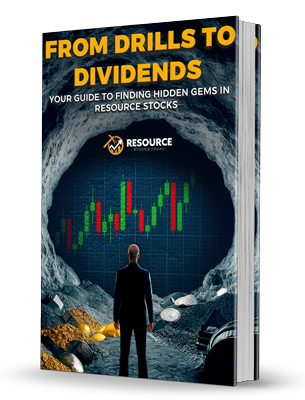3 Reasons Why Gold Prices May Surge Another 8% by the End of 2025
Gold has emerged as one of the most sought-after investments in 2023, experiencing a remarkable rise of over 30% year-to-date. With the growing uncertainties in various financial markets and geopolitical tensions, investors have increasingly turned their attention to this stable asset. Goldman Sachs has weighed in on this trend, forecasting that gold prices will continue their upward trajectory, projecting a target of $3,000 per ounce by the end of 2025. This projection indicates a further increase of approximately 8% from its current levels. In this analysis, we will explore the three primary reasons underpinning Goldman’s optimistic outlook on gold prices.
1. Sustained Central Bank Demand
The first factor driving gold prices higher is the persistent demand from central banks across the globe. Since the imposition of Western sanctions against Russia for its military actions in Ukraine, central banks have ramped up their gold purchases in a bid to diversify their reserves. This trend reflects a broader shift away from reliance on the U.S. dollar, with many nations seeking to bolster their gold reserves as a safety measure.
Goldman Sachs anticipates that while central bank purchasing levels will still be strong, the pace is expected to moderate to a monthly average of around 30 tons by the end of 2025, compared to 85 tons observed in recent years. Nevertheless, this figure is notably higher than the pre-2022 average of approximately 17 tons per month, signifying a structural shift in central bank investment strategies. Such sustained demand is likely to underpin gold prices, making it a key factor for serious investors to watch closely.
2. Easing U.S. Interest Rates
Another important consideration for investors is the economic landscape concerning U.S. interest rates. Goldman Sachs projects a gradual reduction in the federal funds rate to a range of 3.25% to 3.5% by mid-2025. In an environment of easing monetary policy, gold tends to become more attractive as an asset. When rates remain elevated, investors often favor interest-bearing assets, causing gold to lag.
Goldman has documented that as interest rates decline, gold-backed exchange-traded funds (ETFs) generally witness a steady rise over a six-month period. Increased holdings in these funds can put upward pressure on gold prices by limiting the physical supply. For investors closely monitoring interest rate changes, it will be prudent to understand how this relationship can impact gold’s viability as a hedge against inflation and economic uncertainty.
3. The Role of Safe-Haven Investment
The third reason cited by Goldman for the projected rise in gold prices is the ongoing demand from safe-haven investors. With escalating geopolitical tensions, inflationary pressures, and domestic economic concerns, many investors are seeking refuge in gold. Currently, speculative positioning in the gold markets is at elevated levels, primarily due to fears surrounding global stability and inflation.
Goldman’s analysts acknowledge that while some normalization of speculative positioning could occur as geopolitical uncertainties diminish—particularly after electoral cycles—it is unlikely to diminish gold’s long-term allure. Events such as trade disputes, concerns over the Federal Reserve’s independence, rising U.S. debt levels, and the looming possibility of a recession contribute to a fundamentally positive outlook for gold as a protective asset.
Conclusion
In light of these driving factors—sustained central bank demand, easing U.S. interest rates, and ongoing concerns about geopolitical tensions—Goldman Sachs presents a compelling case for why gold prices could rise another 8% by the end of 2025. Serious investors should consider these elements when allocating resources within their portfolios, particularly given the volatility present in traditional equity markets.
As such, gold emerges not just as a commodity for speculation, but rather as a prudent investment strategy in an ever-changing global economic landscape. Keeping an eye on these underlying trends and their impact on commodity markets will be vital for anyone looking to navigate the complexities of resource-driven investments effectively.















